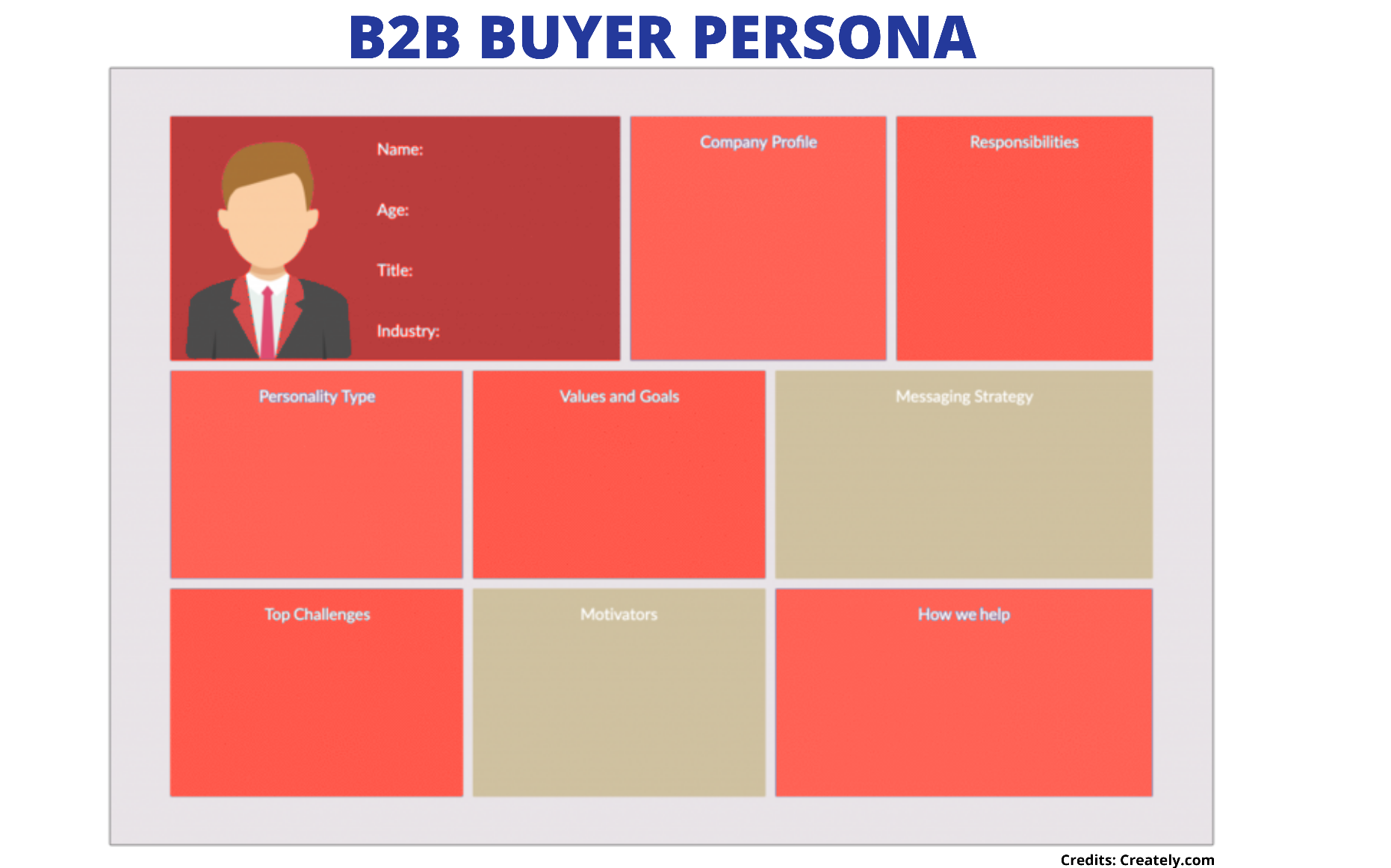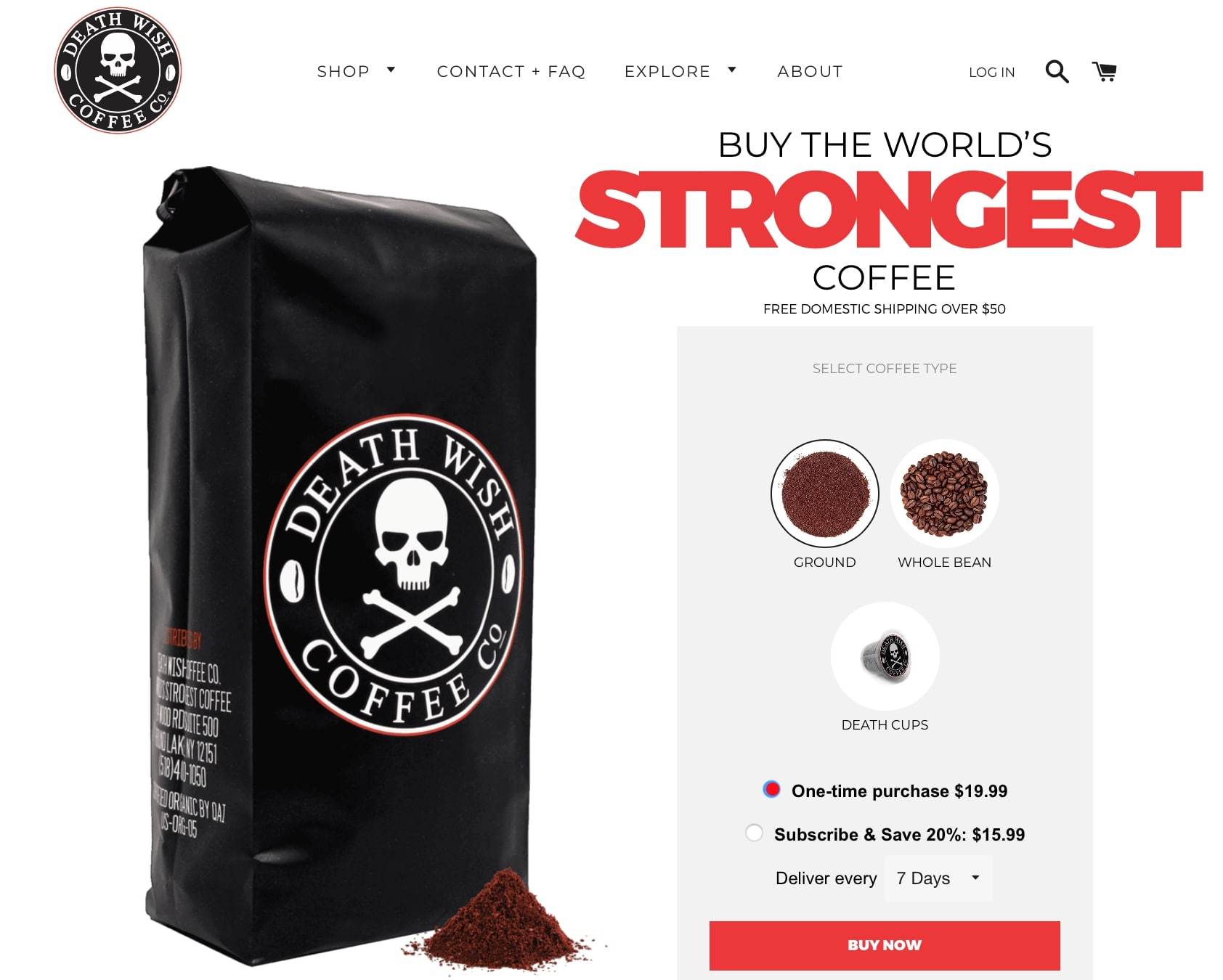According to McKinsey Survey, a successful product launch contributes more than 25% to total revenue & profits. But unfortunately, 95% of newly launched products fail every year.
Every product manager involved in product launching, dreams of a successful product launch that smashes records and garners huge market attention.
Though the product launch failure rate is high. Very few garner a massive sales turnover when they launch their product. If you are the one who had faced a flopped product launch and were irked by what had happened. Then you are not alone.
Because the success of product launches is not guaranteed. While the success rate differs among every industry. Successfully launching the product and making it commercially viable is tough.
So here we have curated a list of 10 strategies to kickstart a Successful Product Launch:
#1 Know the Customer & Problem
Your product is the solution to customers’ problems. And any product that doesn’t solve the problem is bound to fail. The problems of the customers arise the need that requires to be fulfilled.
A customer’s need is the source of demand in the market. Hence, misinterpreting consumer problems will crash the product even before its launch.
That’s why you require consumer experts, close interaction with the target market, and extensive demand surveys to know the customers and their problems.
For a successful product launch, Dig deep into the problem like a doctor. So to give the right treatment to your consumers’ needs. Sandlers created a pain funnel that strategically organizes questions for uncovering the pain of prospects.

Moreover, it also assists in discovering the customers who don’t have any pain. So to disqualify it from the sales proceedings. The Funnel has eight pain questions designed specifically to bring prospects closer to making a purchase.
Each question promises a closer approach to know about the customer’s problem and becomes more specific as the funnels get narrower.
Knowing the right problem, the one that exists in reality & needs a fixation is the right step to building a worthwhile product.
In 1970 AT&T launched a picturephone with expectations of million unit sales in 10 years’ span. But unfortunately, the firm pulled it off within 3 years due to a lack of customer interest.
The product was too bulky with unfriendly controls & small pictures with no enjoyable viewing. Moreover, the firm relaunched the product in 1972 without considering the negative feedback. Thus, failing in the market again.
Customers are the King, which proves true here. Know the king and you will eventually know how to keep them happy and rule the market.
#2 Choosing the Right Market
You conducted lots of face-to-face conversations. Figured out their problems, needs, and wants. You built the best product for them but you’re still far away from a successful product launch. Why is that so?
The mistake of choosing the wrong target market will dash the product eventually. The chances of “Everybody” Liking the product are too trivial.
Your high turnover market is the one where the customers find your product completely suitable for their needs. The product/service should serve their utility needs.

If it cannot do so, then the chances are you already targeting the wrong market. Are your Buyer Personas specific enough? Do they use any alternative to your product? What problem do they face with the existing product?
Create a buyer persona that adequately describes the target market. Focus on those folks who are highly likely to buy the product. Conduct user trials and collect feedback.
This feedbacks are really valuable if you analyze and improve the product accordingly. This will make the product more appropriate & suitable as per the customer’s needs.
#3 Right Pricing
Pricing is the trickiest and the hardest thing for any startup. It is the only factor of the business that generates revenue. The next big thing for startups to decode after finding the real problem of customers is product pricing.
Few of the startups think they should underprice the product to gain traction. They don’t even think about their business model & simply decides on a low price. This easily backfires, as cheap products might get apprehended as low-quality products.
On another side, overpricing the product reckons a failure even before it enters the market. Google Glass, a product that offers a database in front of eyes, was priced at $1500. The high price failed to justify any of the single actions it claimed & hence it was doomed in the market.
Overpricing and underpricing, both are fatal to the launching of new products. The trick here is to find out two things
- How much does a product or service influence the life or business of the ideal customers?
- How much does it cost your organization to solve the problem?
This is not the ultimate trick for finding the right price. But will help to at least reach around the right pricing. Moreover, you will never get the pricing right at one go. You’ve to keep running experiments & have to question the price relevancy continuously.
After a successful product launch, in the entire lifecycle of your product/service, be ready to change your pricing more than once. This requires lots of research and effort but at least saves from the product launch failure!
#4 Study your Competitors
Competition is an unignorable part of any business. The market has a large variety of products offered by numerous businesses. Therefore, every product is confined to some competition in the market.
To remain ahead of the competition & have a successful product launch, one needs an in-depth understanding of the competitors & products/services they offer. Find out which companies are a threat to the product launch.
Measure their strengths and weaknesses against your product to see where you stand. Are there any ways to excel them? Analyze the competitors to get an idea about where you get positioned in the market.
What is their product USP? Why are the customers buying their product? How are they differentiating it in the market? Are the customers satisfied? Does the product lack anything?
Digging into market competitors enables a good way to improve the marketing and product strategy ahead of the actual launch.
#5 Right Positioning:
Throw off the philosophy of “If I build it, they will come.” A successful product launch is incomplete without proper positioning and messaging. This right messaging communicates the true value and unique characteristics of the product to customers.
It strategically creates an identity of the brand in the customer’s mind. Customers to differentiate the product/service from the competitors through brand positioning. For instance, Tesla bills itself as a luxury brand for quality, eco-friendly, and electric vehicles.
It differentiates itself from other gas-powered and electric products because of its top-notch quality.

There are various ways and templates for positioning:
Geoffrey Moore’s Value Positioning Statement:
For ____________ (target customer)
who ____________ (statement of the need or opportunity)
our (product/ service name) is ____________ (product category)
that (statement of benefit) ____________.
Example:
For small and medium businesses
who struggle to get qualified leads from their website
Our product is an easy to install WordPress plugin that helps turn anonymous website visitors into valuable and qualified leads.
Another is Mike Trap’s Positioning Strategy. His strategy has Six elements:
#1 Target: Actionable Universe of Buyers
#2 Segment: Key, Predisposing Attribute.
#3 Brand: A name you call yourself.
#4 Category: A Competitive Frame of the Buyer:
#5 Distinction: What makes you Unique.
#6 Proof: Perceived evidence of Truth.
This is what you get when you weave all six elements together:
For Target who are Segment, Brand provides the Category with Distinction because of Proof.
We get,
For Drivers who value automotive performance, BMW provides luxury vehicles that deliver joy through german engineering.
For Industrial manufacturers who are challenged to differentiate, BASF is the raw materials supplier that makes products better through engineering depth.
Of Course, not everyone can have a Tesla or iPhone. But as every idea is behind the creation of every product. Why not create an unforgettable and pleasing story around it to inspire people to talk about the product?
#6 Build a solid USP & UVP
Unique Selling Proposition (USP) is a statement that tells about how your product is different from the competitors. It’s a single feature or a benefit the customers receive by choosing your product or services.
Whereas Unique Value Proposition (UVP) is the characteristics that hook your customer to your product/service.
In short, USP & UVP explains the “Why” of the customers. It tells how the product/service is better and what value the customers can expect. Both should compel them so much that they consider it as a “must-have” product and get completely satisfied through it.
Here are some of the coolest USP/UVP examples:



#7 Collaborating with Influencers
Influencers are a big thing in today’s digital era. An IAB study revealed that nearly 26% of desktop users & 15% of mobile users use ad blockers to get away with traditional ads.
Whereas today’s 70% Millennials’ buying decisions are highly influenced by the recommendations of peers. Influencers make a major impact on people’s buying decisions. So leveraging it for a successful product launch is a MUST!!!
Invite influencers to the pre-launch event and provide exclusive access to the new products. These influencers keep their audiences updated about their lives. So when they post photos of themself and update about the event & exclusive offers they receive, it reaches thousands/millions of audiences.
Moreover, you can also provide influential experts exclusive access for testing the product before anyone else gets it. The purpose is to generate social proof & gain opinions about the product.
Tying up with influencers generates 11X greater ROI than traditional methods of ad campaigns. Timex collaborated with 22 influencers having 85000 average fans following for each for their #TakeTimeCampaign.
One of them was Drew Jessup, widely known as a Social Media influencer for lifestyle and personal growth niche. This garnered them a potential reach of 2.3 million people along with a 7.5% engagement rate.

Influencer marketing is a big billion marketing strategy. Daniel Wellington, a $15000 startup company is now among the world’s classiest watch brands. And they did this just through Instagram Influencers.

Whereas Casper, an Ecommerce Company for mattresses allied with twenty popular dogfluencers for promoting their luxurious dog mattresses. They arranged a private steak dinner with a green carpet welcome and hot dog-infused water. The entire event was live-streamed on Facebook by The Dodo, an online outlet for animal lovers. Ain’t that an amazing way to influence the target market !!
#8 Have Customers before the Launch:
Your product is good. Your Sales cycle is in process. And everything is perfectly going well. But then someone talks about the social proof at the launch. How can you have customers before the launch? What to do?
BETA Consumers are your saviors. Generally, these customers are the ones who served you during the product development. They are closely familiar with the vision of the product and organization.
When your product reaches real hands, they squeeze out every benefit of the product, break it and point out the loopholes that you missed!
BETA Customers are a good way to show that you listened to numerous feedbacks and improved the product before making it incredibly perfect for the launch.
Sir James Dyson took five years and 5,127 prototypes to create the world’s best vacuum cleaner. He spent 6 times more on research and development than on Advertising. Dyson’s successful product launch was possible because of extensive research, testing, and development, before rolling out in the market.
#9 Pre-Order Option
This strategy works well if you are in the business for a while. If you have a good bonding with your customers, then they will line up enthusiastically for your next launch.
This not only helps to generate good sales in the first week. But also, give access to funds for building the product without any loans. For instance, Tesla Cybertruck received 6,00,000 plus pre-orders. BTS’s new album Map of the Soul: 7 was pre-ordered 4.02 million times. That’s an incredible number!
So why not integrate this strategy for your next product launch!
#10 Hype Up Socially
Social Media is just another big marketing platform. If you’re overlooking it then definitely you are missing a big hit. It’s a platform where you can reach a myriad of potential customers.
Social media is known for creating trends and buzz in the atmosphere. IAB’s Social Media Study reveals two out of every three users believe social media influences them while making a purchase decision.
This makes it a good platform for creating hype about the new product.
Sharing sneak-peek images of the product and behind-the-scenes images of teams is another way to create a buzz. Share countdown pictures and video teasers before the launch. Have frequent live streams and organize contests (increases engagement) where you choose random winners.
Bring journalists on board to narrate your product story. Arrange a giveaway with exclusive offers.
Social Media is not limited to just a few ways of creating hype. Keep on experimenting with different strategies to create the buzz. It’s a sure-shot-worthy try for a successful product launch.
To Wrap Up:
Product launches are exhilarating and yet challenging. The future of many products lies greatly in the success or failure of the product launch. A soft launch is a great way to save you from unseen obstacles and unexpected product crashes.
Besides this, review the feedback of the BETA customers. Their feedback could point to the loopholes that got missed. Have a proper roadmap to be followed for product development.
Make a product on which you can believe (not overconfident) that it can cater to the customers’ needs and targets the right market.







